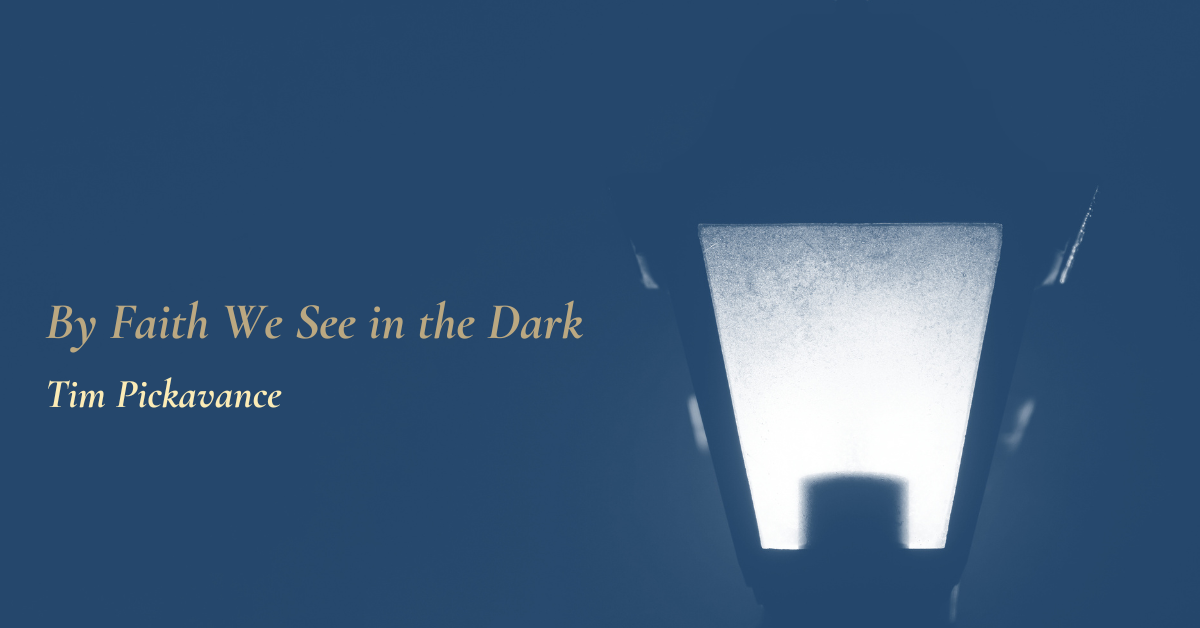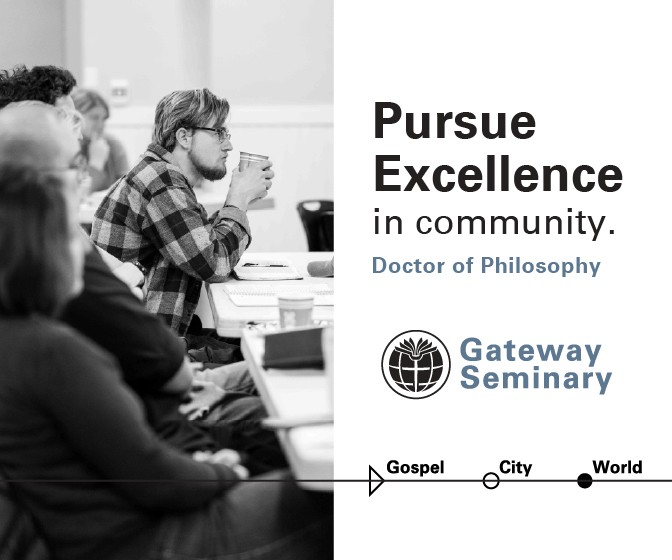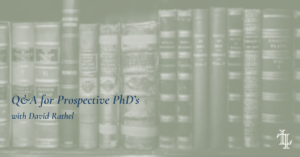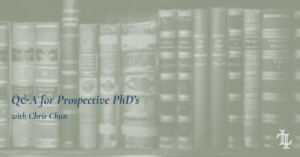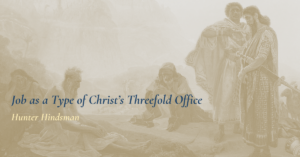The things I love deeply are also the things that irk me most easily. And most profoundly. This makes sense: when we love, we care. (Likewise, indifference breeds apathy.) For nerds like me, this applies especially to books.
Let me first say that I love Luc Ferry’s little gem A Brief History of Thought. It’s a gem because it succinctly if simplistically traces through the whole history of the Western intellectual tradition by articulating four major epochs; and it does this by charting the ligaments between metaphysics, epistemology, and ethics. So, so helpful.
But as this is the internet, we must race past vague, general praise toward concrete, specific, detailed, brash criticism.
Allow me, dear reader, to explain what irks me about Ferry’s book. Ferry thinks of philosophy as an attempt to construct a theory of salvation without recourse to divine revelation. In religious traditions, the divine brings salvation to humanity. In philosophical traditions, humanity seeks salvation on its own. In the introduction, Ferry puts it this way: “Unable to bring himself to believe in a God who offers salvation, the philosopher is above all one who believes that by understanding the world, by understanding ourselves and others as far as our intelligence permits, we shall succeed in overcoming fear, through clear-sightedness rather than blind faith.” (p. 6) I happen to think this is an unhelpful way to differentiate religion and philosophy, but what really irks me is that word ‘blind’…
Ferry is, of course, not alone in insinuating that religious faith is an agent of blindness, that to have faith is to shut oneself off from some aspect of reality, that faith requires persistent belief without evidence or even in the fact of evidence to the contrary. Both outside the church and, more troublingly, inside, Christians are often told that the claims they are meant to hold most dear, the claims they ought to order their lives around, are either irrational or, at best, a-rational. Anyway, the central, credal claims of Christians throughout history aren’t subject to the sort of careful, reasoned investigation that, in the physical universe known to humanity, only humans can undertake. We must simply believe.
1. Seeing the Invisible
The Scriptures paint a different picture of faith’s relationship to sight.
In the letter we know as 2 Corinthians, the Apostle Paul connects faith in God to Christians’ ability to suffer well. He writes:
For God, who said, ‘Let light shine out of darkness,’ has shone in our hearts to give the light of the knowledge of the glory of God in the face of Jesus Christ. But we have this treasure in jars of clay, to show that the surpassing power belongs to God and not to us. We are afflicted in every way, but not crushed; perplexed, but not driven to despair; persecuted, but not forsaken; struck down, but not destroyed; always carrying in the body the death of Jesus, so that the life of Jesus may also be manifested in our bodies. … Since we have the same spirit of faith according to what has been written, ‘I believe, and so I spoke,’ we also believe, and so we also speak, knowing that he who raised the Lord Jesus will raise us also with Jesus and bring us with you into his presence. … So we do not lose heart. Though our outer self is wasting away, our inner self is being renewed day by day. For this light and momentary affliction is preparing for us an eternal weight of glory beyond all comparison, as we look not to the things that are seen but to the things that are unseen. … So we are always of good courage. … [F]or we walk by faith, not by sight. (2 Cor. 4:6-10, 13-14, 16-18; 5:6a, 7)
Notice that Paul runs headlong into a connection between faith and knowledge: we believe by faith, and so speak, because we know we will be raised. This connection between faith and knowing, which is not unique to Paul, eliminates the idea that faith is opposed to knowing, and therefore to reasonable belief. Notice that Paul includes the faith-sight contrast in this very context. In whatever sense faith is opposed to sight, faith simply is not opposed to knowledge.
We can go further.
The author of Hebrews toys with the idea of knowing by faith through seeing the unseen as well. Moses is said to have endured the wrath of Pharaoh “as seeing him [that is, God] who is invisible”. (11:23) Moses looked to his unseen future reward. (11:22)
Hebrews goes beyond Paul: “By faith we understand”, it says. (11:3) The things understood are themselves invisible: the creation of the world by the Word, the promises of God fulfilled, Jesus seated at the right hand of God. This goes further than mere knowledge because understanding requires knowledge but is more than knowledge. Understanding is knowledge organized and applied. To understand is to systematize what you know and be able to utilize that knowledge in the right circumstances.
2. Understanding by Faith
In the context of religion—or, more broadly, any perspective on the whole of reality—understanding involves not just knowledge of certain religious facts, but the systematization of those facts. To understand the world is to know who God is and why that matters for who you are, to know the beginning and the end and where we are in that timeline, to see the ways that one’s location in the grand story of the world makes a difference to how one ought to live now. Understanding is knowledge organized and applied.
According to Hebrews, it is by faith that we understand. And of course, if Christianity is actually true, that understanding requires knowledge of the invisible. By faith we know who God is, the truth that He created all things in the beginning and will judge all things in the future, and even present unseen realities like our union with Christ, our nature as Image of God, and the moral order. These invisible realities and their interconnections are at the heart of Christianity. Faith, therefore, is necessary for grasping the Christian vision of the world: it is by faith that we understand reality as it really is.
This is somewhat shocking. A contrast between faith and sight makes faith seem opposed to knowing, despite the clear indications otherwise. The Bible knows this. That shock is part of the ploy! The Scriptures use this surprise to unshackle our minds from our captivity to the tangible world. Sight has always been a vital human tool; literal darkness terrifies us. To see the invisible, to have light in the dark, is a gift humans have always found it hard to grasp.
Our shackles are stronger than those holding our forebears. Faith-as-believing-in-the-invisible sounds even more opposed with knowing when sight is overemphasized as a source of knowledge. And today, sight is perhaps the paradigmatic way to know. We live in the shadow of the Enlightenment, for better and for worse, and that shadow obscures the role of vital sources of knowledge. It does this by prioritizing empirical forms of knowing. No wonder that as empirical forms of knowledge are elevated faith seems to become opposed to knowing.
Chief among the sources of knowledge marginalized by this movement is testimony. A combination of epistemic individualism and empiricism naturally leads to the devaluing of insights handed down from the past, mediated by other knowers. Ideally, according to the modern epistemic myth, we know by experience, that is, by our own experience.
This is trouble for Christians. What are the Scriptures if not divine testimony, including prominent insights about just the sorts of things to which the author of Hebrews points? Through the Bible, we learn about the beginning and the end of the world, the hidden-from-sight deep nature of ourselves, and the unseen realities of angels and morality and the devil. We are taught to see the invisible God and His work creating and sustaining and managing the world. All this we receive through faith-filled reception of the Scriptures.
The reception of testimony requires faith, that is, belief in the unseen. One must trust that the testifier knows. One must trust that the testifier is a competent communicator. One must trust that the testifier speaks honestly, to inform rather than deceive. None of these are seen, touched, or heard. (None of this implies that one cannot have reasons or evidence for these realities!)
The divine testimony communicated by the Scriptures is, therefore, received by faith. And receiving that testimony supplies understanding of God and his work in the world. The eyes of faith see that those who attack the innocent “lie in wait for their own blood” and “ambush themselves” (Proverbs 1), that the poor widow who gave two copper coins “put in more than all those who are contributing to the offering box” (Mark 12). In short, our eyes become attuned to the light of the Kingdom, having been illumined by faith.
These things seem ridiculous to our natural eyes. They are plain to “eyes of faith”.
Eyes of faith are typically developed first through the faithful reception of Scripture. We then begin to see those testified-to realities in other ways as well. Somehow, even our eyes begin to see the invisible in the visible, our hands begin to touch the untouchable.
3. Understanding in Pain
This understanding of the world, birthed by faith, is vital for enduring the messy, difficult race that is life in this fallen world. Indeed, conversations about faith in the Scriptures are often undertaken to buttress believers in their suffering, like those in 2 Corinthians and Hebrews. When we embrace the promises of God as “already” even while “not yet”—when we embrace the promises from a distance—our present moment is seen more clearly.
Christian heroes have testified to these truths consistently, and their testimony can open our eyes to what God has already revealed. In Romans, Paul says (in yet another place where faith is connected to suffering) that “we know [know!] that for those who love God all things work together for good” (8:28). And this is why he can say to the Thessalonians that we ought to “rejoice always, pray without ceasing, give thanks in all circumstances” (1 Thess. 5:16-17). Even in the best of times, this seems ludicrous advice. But to those who suffer, it is worse; it feels callous, uncaring, insensitive.
Betsie ten Boom disagrees with my assessment. Betsie, with her more famous sibling Corrie, spent years in Nazi concentration camps during World War II. The ten Boom family had been helping Jews, and their crimes were eventually discovered. Corrie and Betsie, after some time, found themselves in Ravensbruck. Their barracks, Barracks 28, was overcrowded, squalid, disgusting. Their straw bunks were infested with fleas. Betsie, somehow, saw fit to thank God for their new situation. In her masterpiece The Hiding Place, Corrie describes her own reaction to Betsie’s prayer:
‘Thank you,’ Betsie went on serenely, ‘for the fleas and for—‘ The fleas! This was too much. ‘Betsie, there’s no way even God can make me grateful for a flea.’ ‘Give thanks in all circumstances,’ she quoted. ‘It doesn’t say, “in pleasant circumstances.” Fleas are part of this place where God has put us’ (p. 209).
In their new barracks, Corrie and Betsie developed a profound ministry to those suffering in Ravensbruck:
Side by side…Betsie and I ministered the Word of God to all in the room. We sat by deathbeds that became doorways of heaven. We watched women who had lost everything grow rich in hope. The knitters of Barracks 28 became the praying heart of the vast diseased body that was Ravensbruck, interceding for all in the camp—guards, under Betsie’s prodding, as well as prisoners. We prayed beyond the concrete walls for the healing of Germany, of Europe, of the world (p. 222).
Some time later, Betsie discovered why they were allowed to continue unhindered: it was the fleas. The guards wouldn’t enter Barracks 28 because of the fleas. They provided, as Corrie puts it, a “sanctuary” (p. 222). The realization that these fleas served as a substrate for a profound movement of God jarred Corrie. “I remembered,” she wrote, “Betsie’s bowed head, remembered her thanks to God for creatures I could see no use for” (p. 220).
Betsie had eyes to see the realities to which Paul testifies. Betsie had eyes of faith.
Kierkegaard claimed that “faith sees best in the dark.” This, like Ferry’s contrast between faith and clear-sightedness, is true when understood in a certain way. It is true that faith relates us to the unseen. Faith does, therefore, allow us to see in the dark, especially the darkness of suffering and sin. This is what Kierkegaard intends, for what it’s worth. But faith does more than this. It sheds light on what would otherwise be veiled in darkness. And it does this by situating what our natural eyes can see among the invisible realities of God and his work in the world he made. Faith, then, makes possible clear-sighted apprehension of realities hidden to faithless eyes.
In other words, by faith we understand.
Author
-

Tim Pickavance is Professor of Philosophy at Talbot School of Theology, Biola University. His most recent book is Knowledge for the Love of God: Why Your Heart Needs Your Mind (Eerdmans, 2022). Tim’s current academic research focuses on the role of affect (emotion, desire, etc.) on knowledge and rational belief. To learn more about Tim and his work, and how you can support him, visit pancakevictim.org.
View all postsRecent Posts
